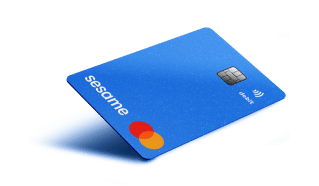Better credit.
Better advice.
Better offers.
Get your free credit score, credit card offers, and tools to help you save more money. All in one place.
By clicking on the button above, you agree to the Credit Sesame Terms of Use and Privacy Policy.
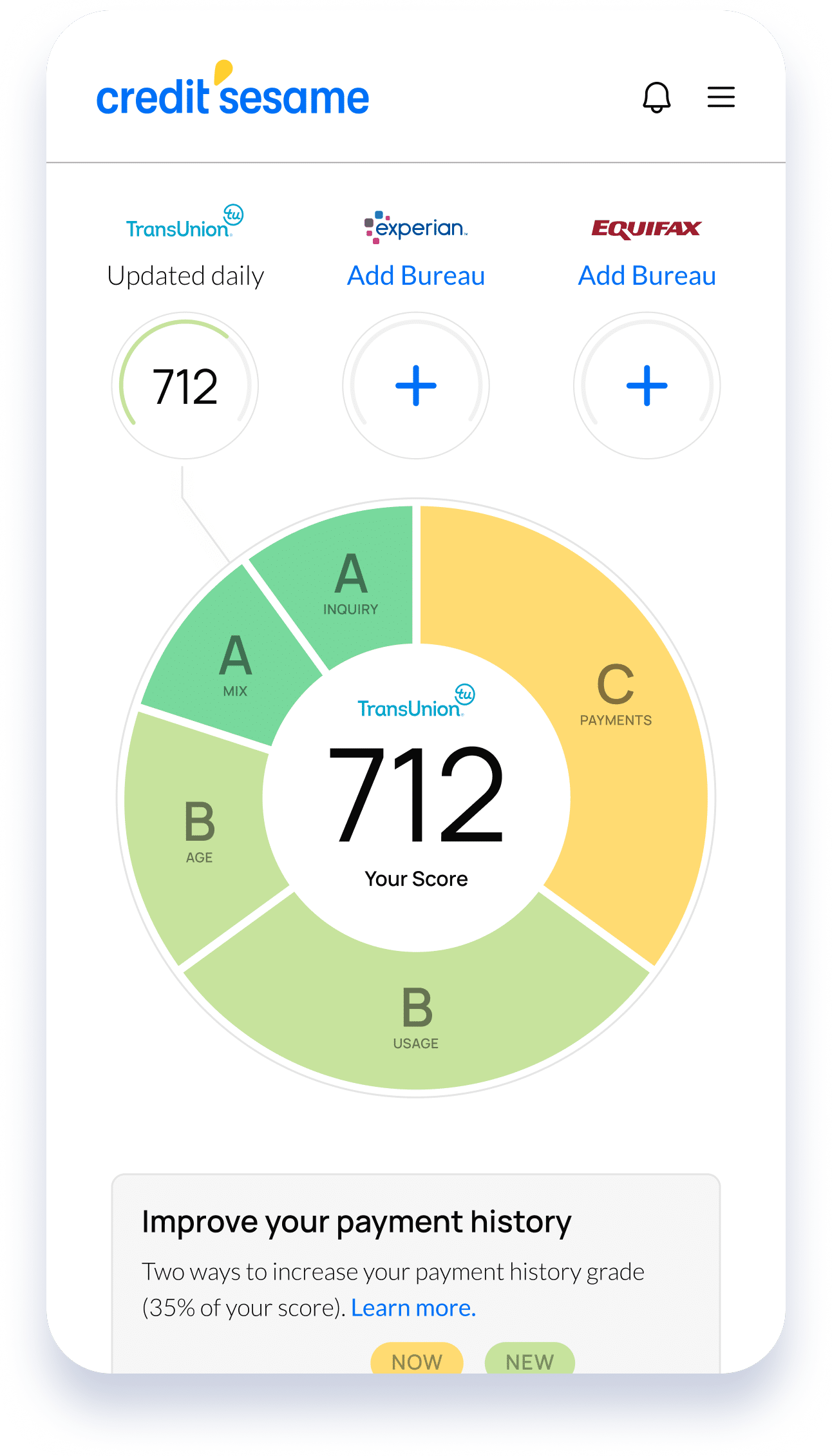

Better credit.
Better advice.
Better offers.
Get your free credit score, credit card offers, and tools to help you save more money. All in one place.
By clicking on the button above, you agree to the Credit Sesame Terms of Use and Privacy Policy.

Better credit.
Better advice.
Better offers.
Get your free credit score, credit card offers, and tools to help you save more money. All in one place.

Better credit.
Better advice.
Better offers.
See your credit score and start reaching your goals
By clicking on the button above, you agree to the Credit Sesame Terms of Use and Privacy Policy.
Get the full experience with our FREE app
See your score in seconds and start your personalized journey. Scan with your phone’s camera to download the Credit Sesame app.
See your score in seconds and start your personalized journey.
One place for all your credit needs
How Credit Sesame works
Grow your credit score with your daily debit purchases.1
Save more money in the long run with a better credit score.
Grow your credit score with your daily debit purchases.1 Save more money in the long run with a better credit score.
See your credit score
Check your score daily, see what’s impacting your credit, and know when something changes
See your Sesame Grade
See a clear letter grade based on the five major factors that impact your credit score
See your actions
Get personalized actions that can help you improve your score and reach your goals faster
See your offers
Find the best offers with the highest chance of approval based on your credit profile
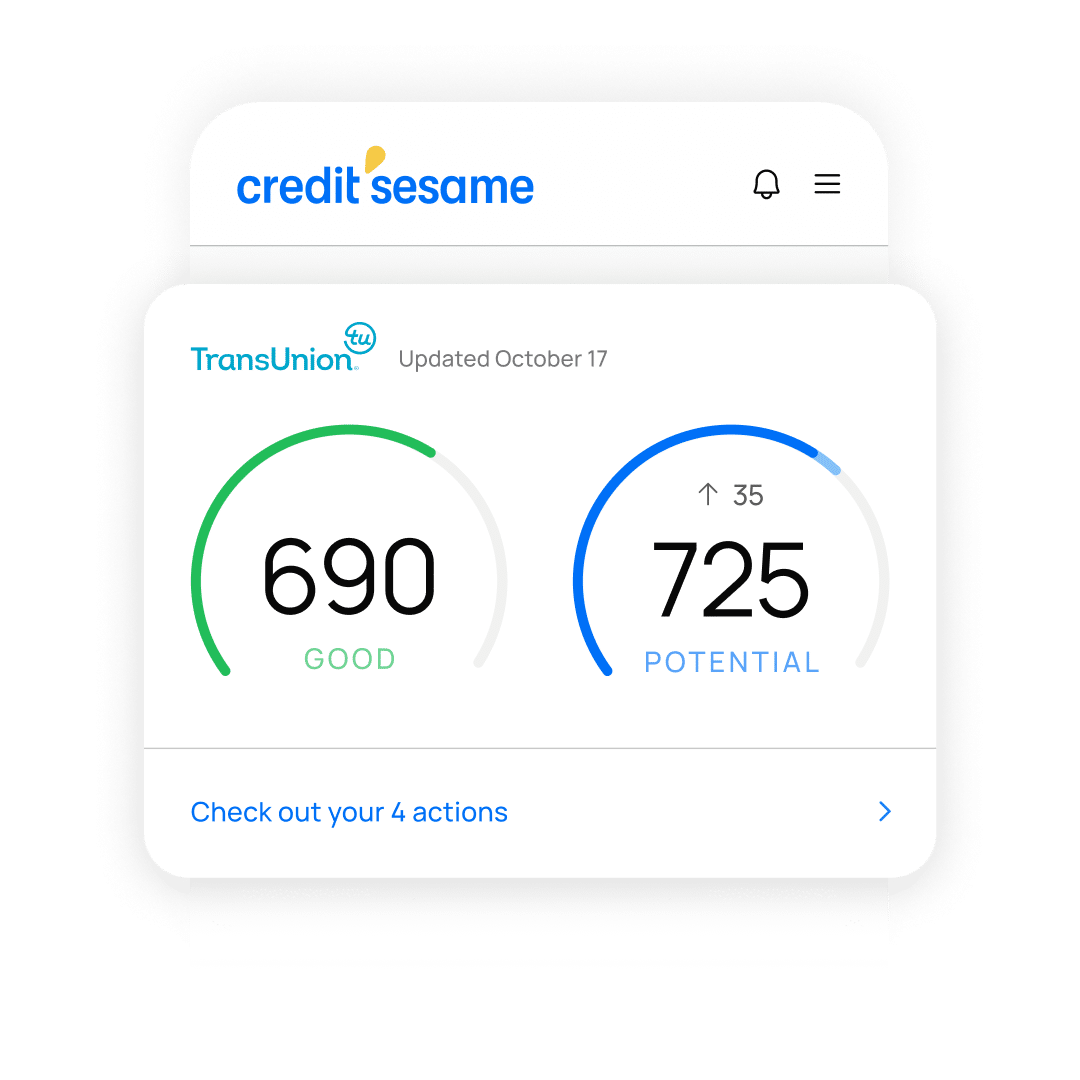
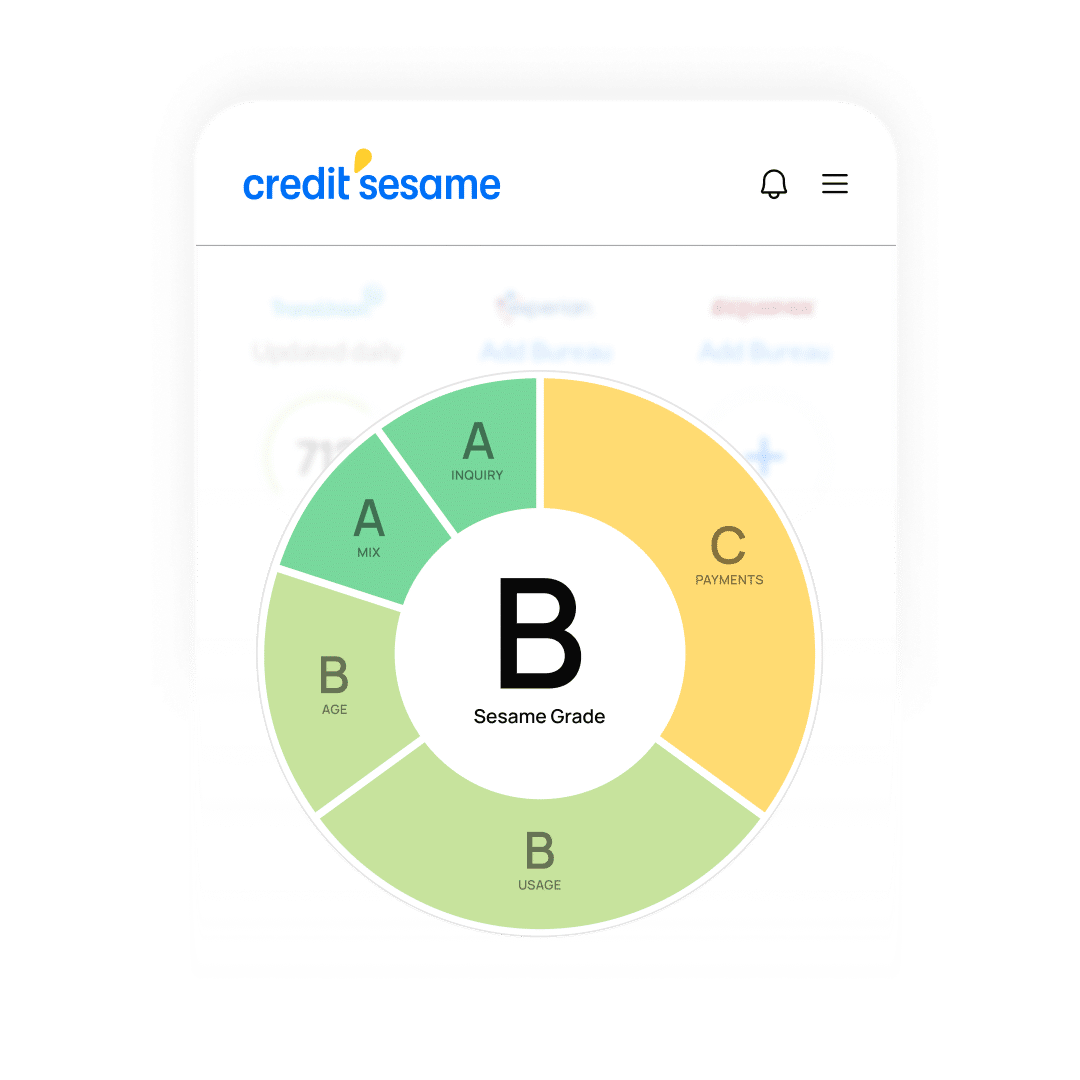
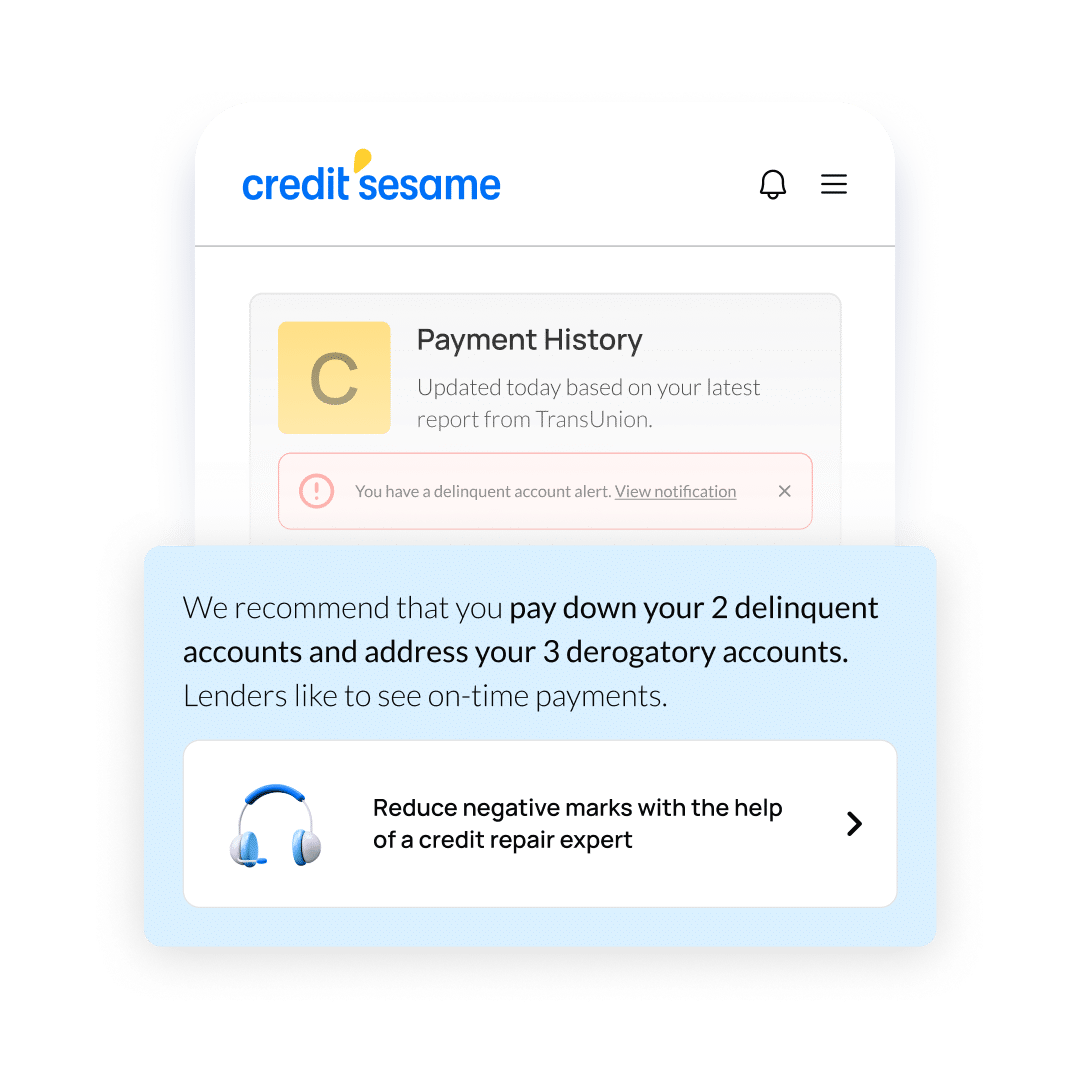

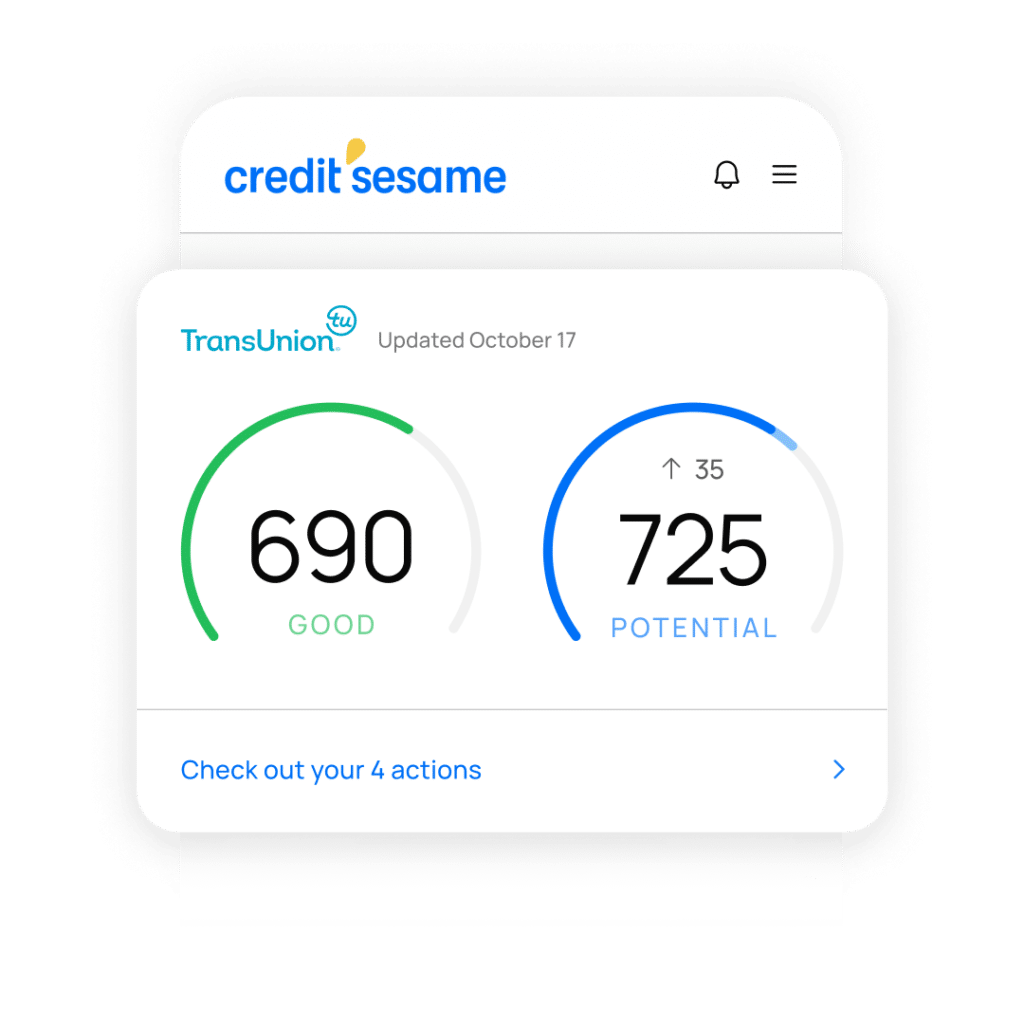
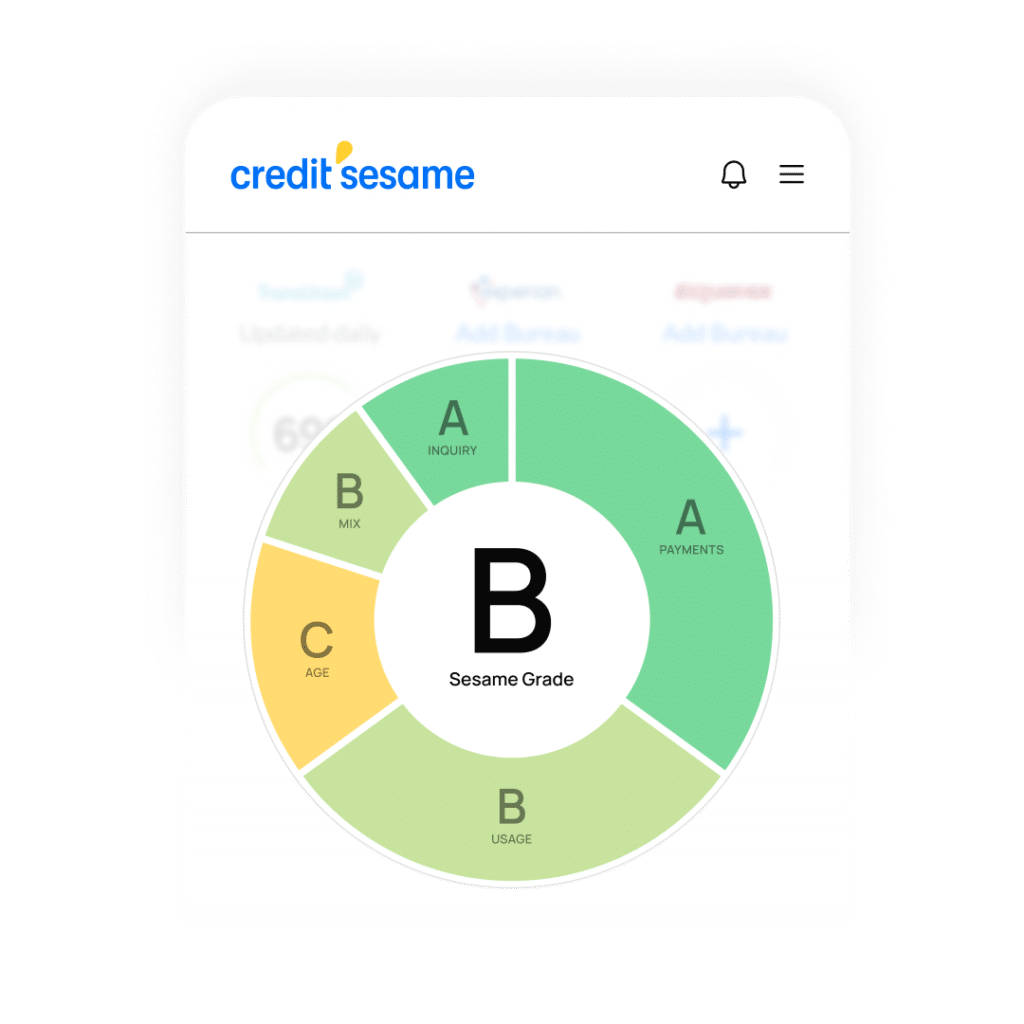
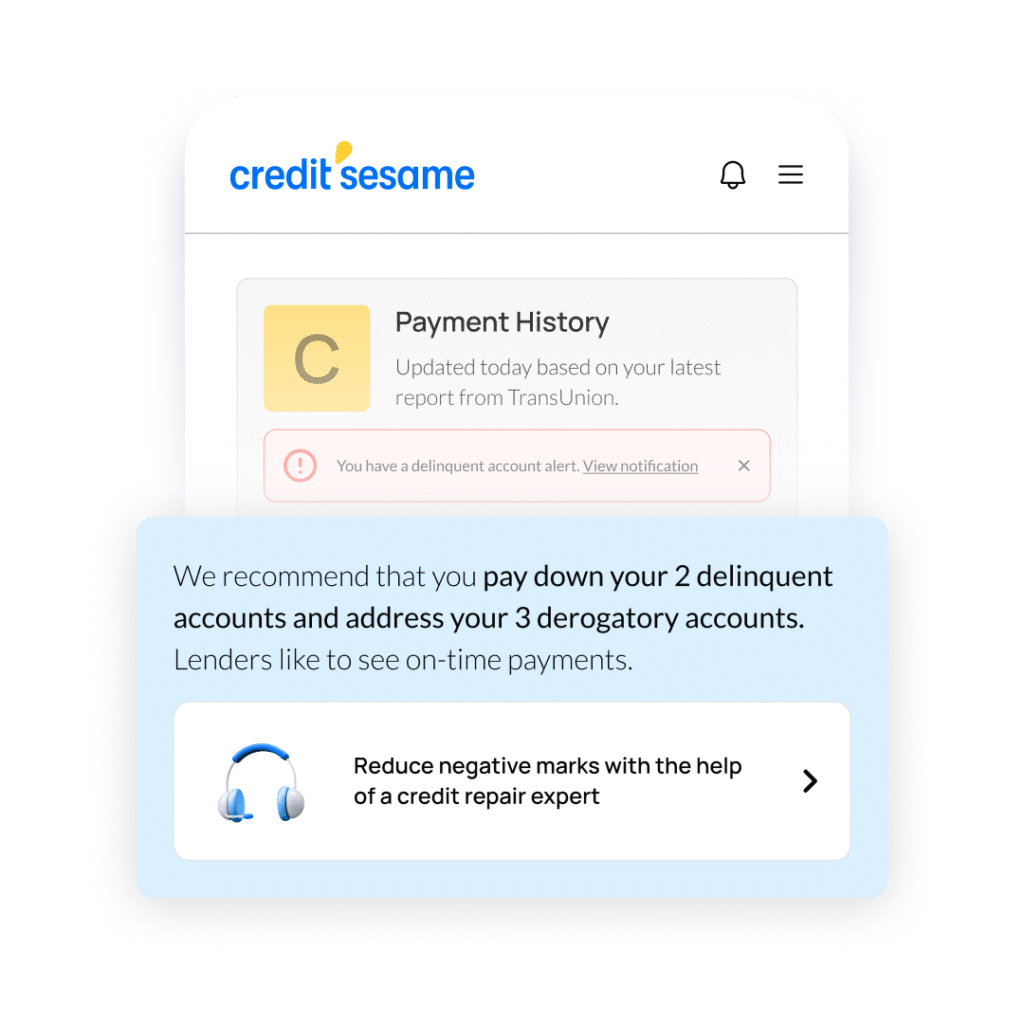

How Credit Sesame works
See your credit score
Check your score daily, see what’s impacting your credit, and know when something changes
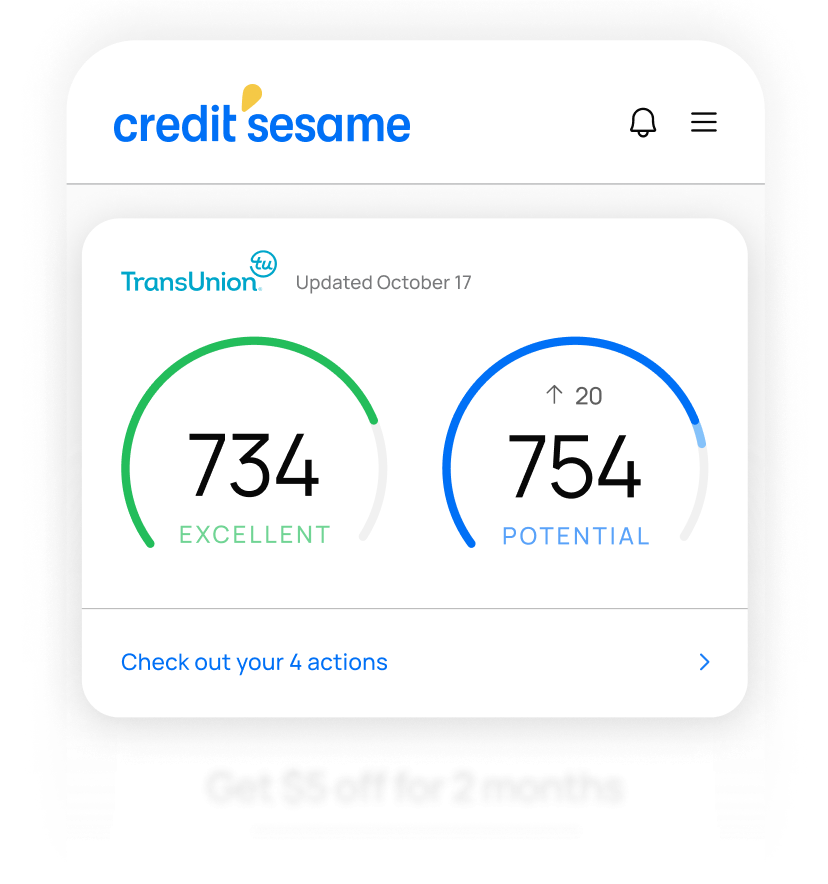
See your actions
Get personalized actions that can help you improve your score and reach your goals faster

See your offers
Find the best offers with the highest chance of approval based on your credit profile
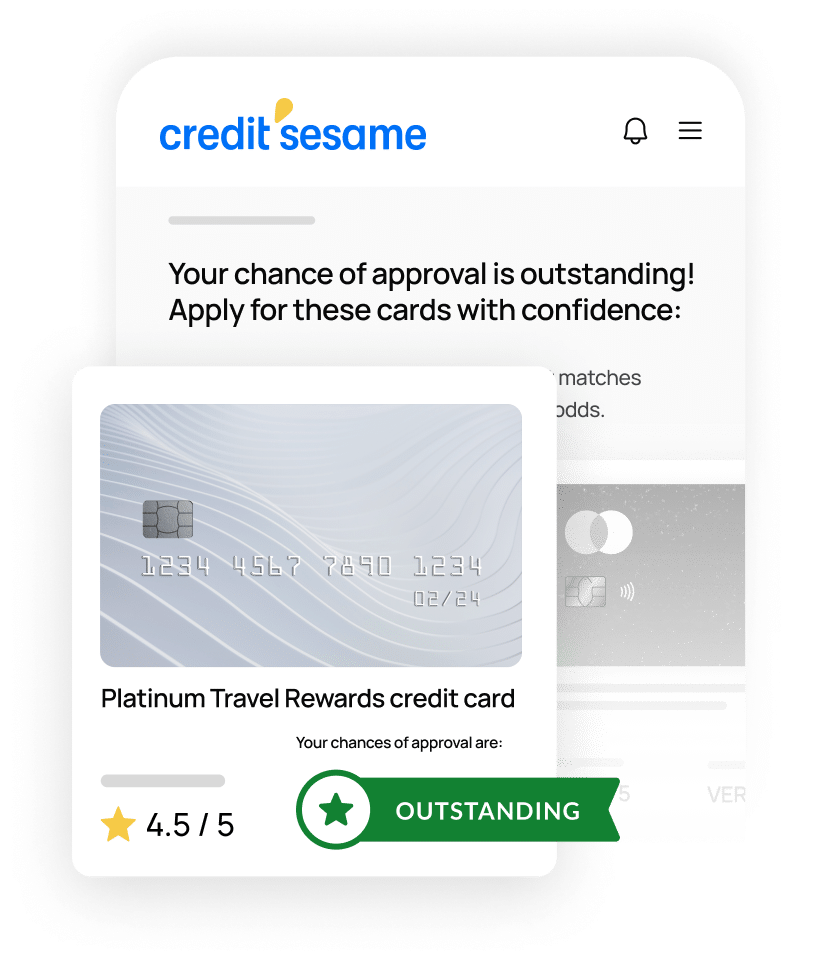
Check your score daily, see what’s impacting your credit, and know when something changes
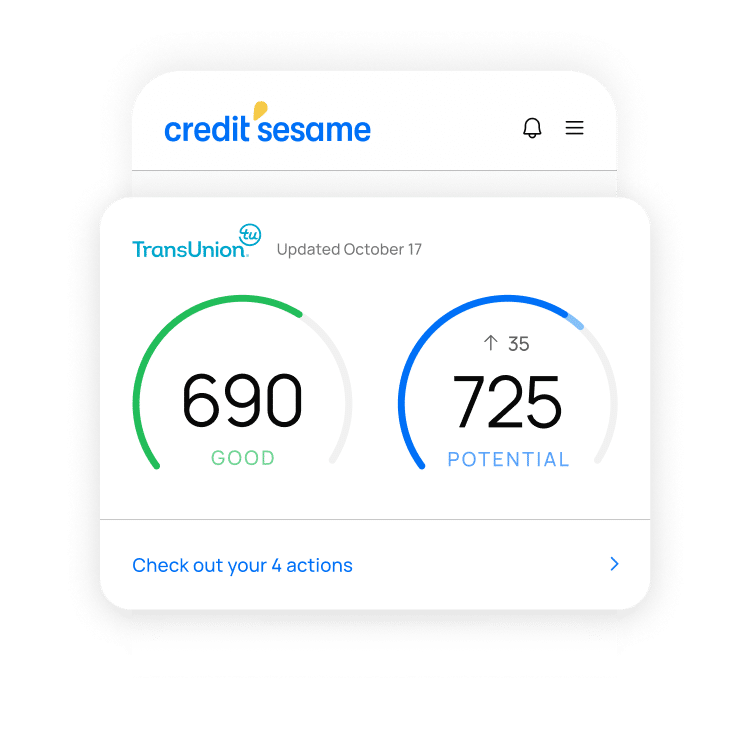
Get an advanced look at the major factors that impact your credit score
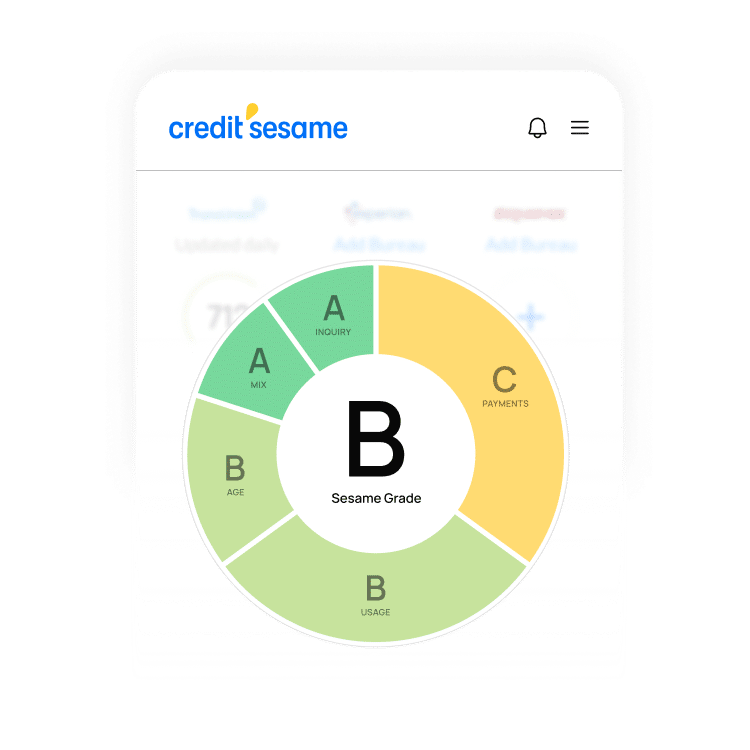
Get personalized actions that can help you improve your score and reach your goals faster
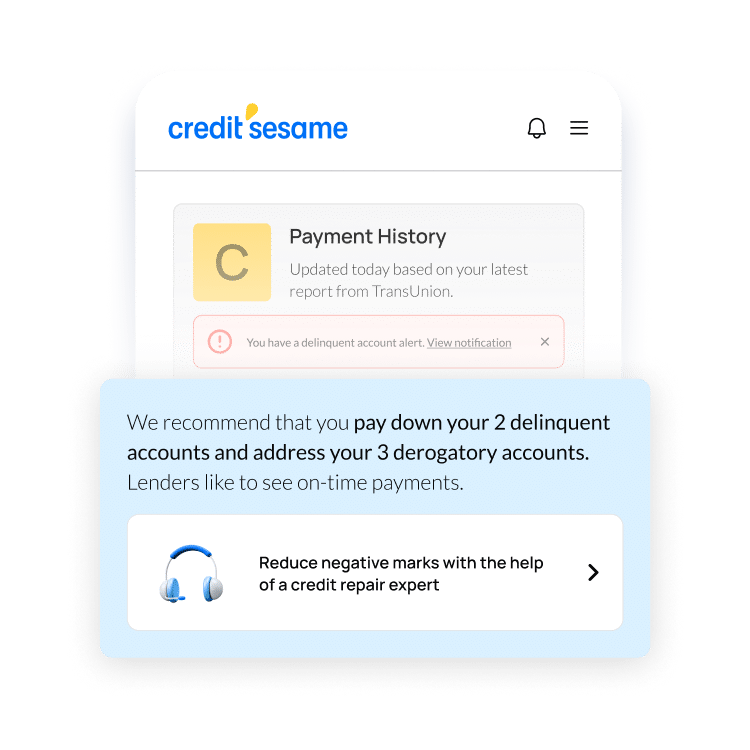
Find the best offers with the highest chance of approval based on your credit profile

By clicking on the button above, you agree to the
Credit Sesame Terms of Use and Privacy Policy.

Apply with confidence with Credit Sesame
Apply with confidence with Credit Sesame
Use debit to quickly build credit history2
Start building credit when you use a prepaid debit card to pay for rent, subscriptions, groceries, and more. No credit check. Fees may apply.³
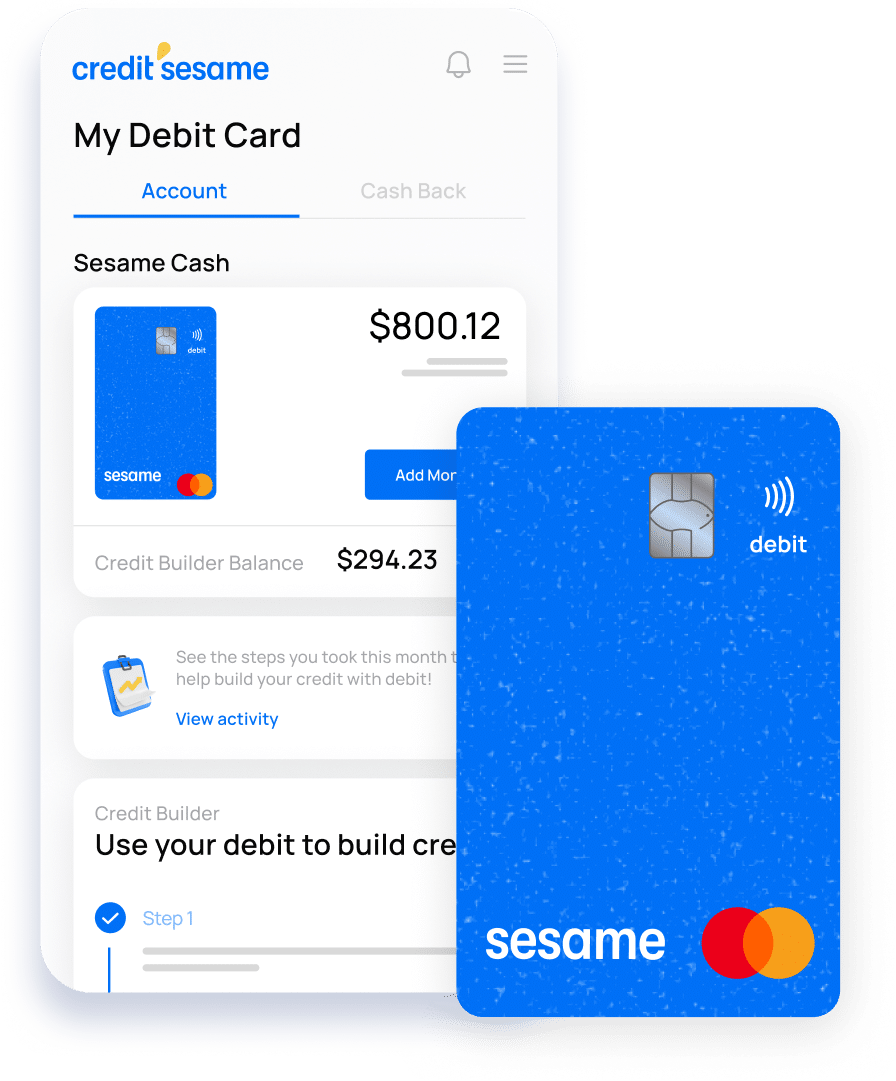
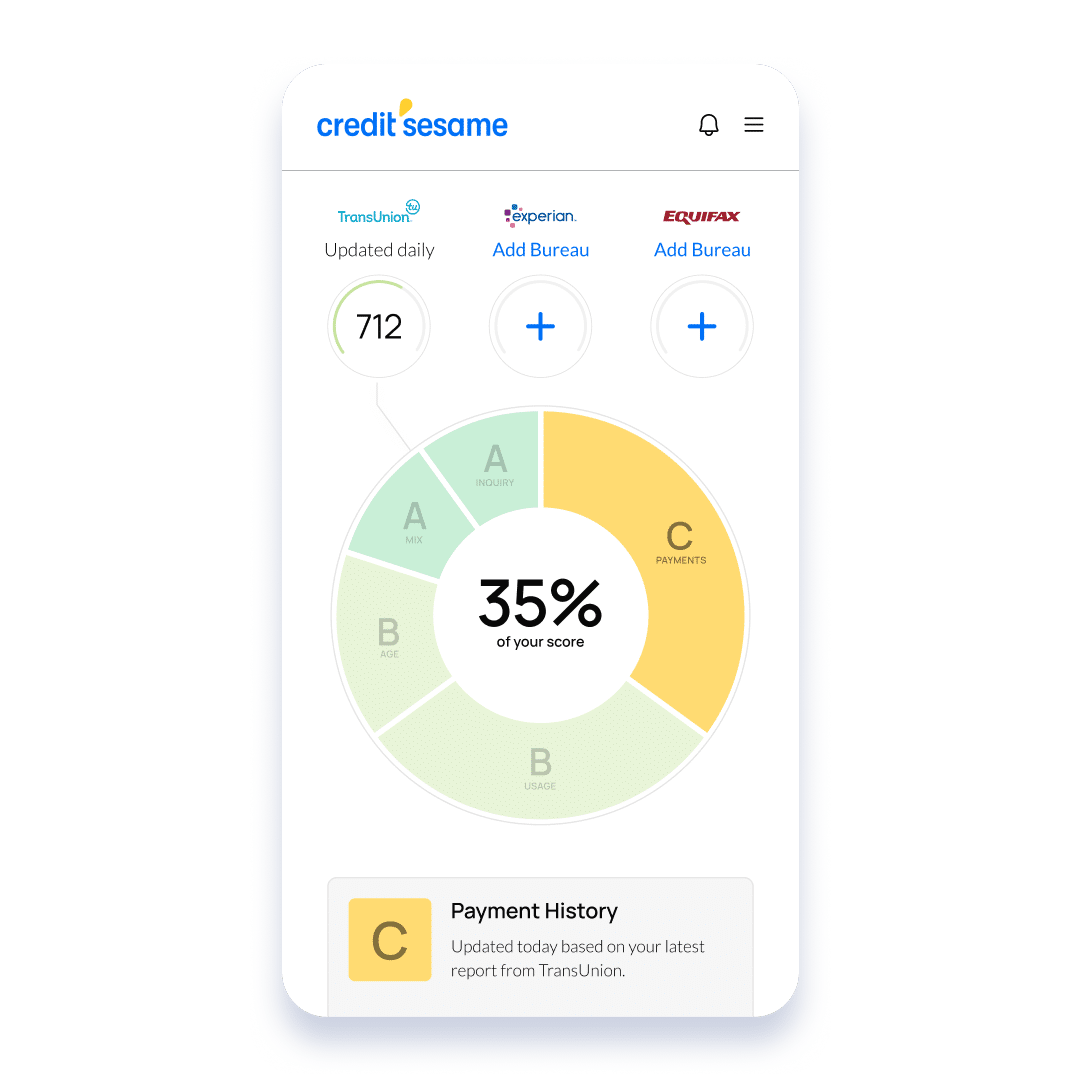
Sesame Grade
Understand your score with Sesame Grade
Understand your score with Sesame Grade
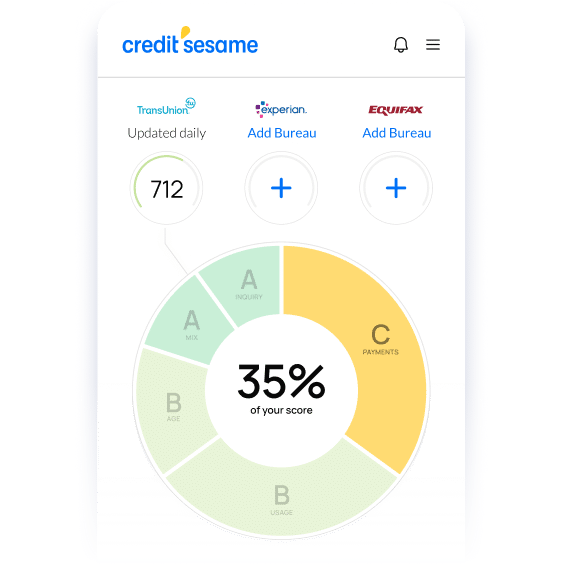
Sesame Grade
Understand your score with Sesame Grade
Credit Builder
Build credit with your everyday purchases
Start building credit when you use debit to pay for gas, groceries, bills, and more. No credit check. No security deposit.2 Fees may apply.3


Credit Builder
Build credit with your everyday purchases
Start building credit when you use debit to pay for gas, groceries, bills, and more. No credit check. No security deposit.2 Fees may apply.3
See your score instantly
Secure

Shiva
Free

Charles
Helpful

Brian

The word on Credit Sesame
Rewarding

Torrey
Necessary

T-wanna
Savings

Latoya
Free

Charles
Fast

Randi
Free

Charles
Fast

Randi
Easy

Shiva
Helpful

Brian
Secure

Amanda
Secure

Amanda
Fast

Randi
Easy

Shiva
Secure

Shiva
As featured in
Security you can trust
Security you
can trust

We always treat your data as
if it were our own
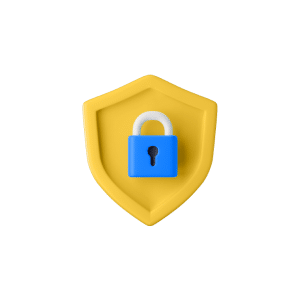
We protect your
data with 256-bit encryption

We do not sell your personal
info to third parties
Tips and guides
¹ Approval Odds are estimated by comparing your credit profile to other Credit Sesame members who were approved for this product or by determining whether you meet certain criteria provided by the lender. This does not guarantee you will be approved, but it may help you decide which options are better for you. You should evaluate your options carefully and understand that there may be several reasons why a lender may not approve your application, including but not limited to your ability to pay based on your income and employment status, having a maximum number of accounts with the lender, inability to verify your identity, and other reasons determined by the lender.
2 Sesame Cash is a prepaid debit card issued by Community Federal Savings Bank (CFSB). Building credit with Sesame Cash requires you to also open a virtual secured credit card with CFSB that is reported to the credit bureaus. Use money from your Sesame Cash account to create a virtual secured credit card. Your debit card purchases are then added up to create a balance on your virtual secured credit card. As you make these purchases, an amount equal to the balance on your virtual secured credit card is also set aside in your Sesame Cash account to ensure you can make timely payments to pay off the balance on your virtual secured credit card at the end of each month, allowing you to build a positive payment history. Credit Sesame does not guarantee credit score improvement. Any predicted credit improvement from the use of your virtual secured credit card assumes that you will maintain healthy credit habits, including paying bills on time, keeping credit balances low, avoiding unnecessary inquiries, appropriate financial planning, and more.
³ Sesame Cash fees include a $9.99 monthly fee (“Monthly Fee”) and a $3 monthly inactivity fee (“Inactivity Fee”). However, we may waive these fees as follows: To qualify for the waiver of the Monthly Fee, you must either deposit $500 into your Sesame Cash account through direct deposit or spend $1,000 each month with your Sesame Cash account. Spending can be satisfied either through point of sale transactions or by using your Sesame Cash card to pay your bills. To qualify for the waiver of the Inactivity Fee, there must be money movement or a purchase made with your Sesame Cash account at least once within a 30-day rolling period. As a courtesy, we will not charge you the Monthly Fee or the Inactivity Fee within the first 30 days of account opening. Review the Sesame Cash Cardholder Agreement for the full fee schedule and additional details. International and out-of-network cash withdrawal fees apply. Third-party and cash deposit fees may also apply.









